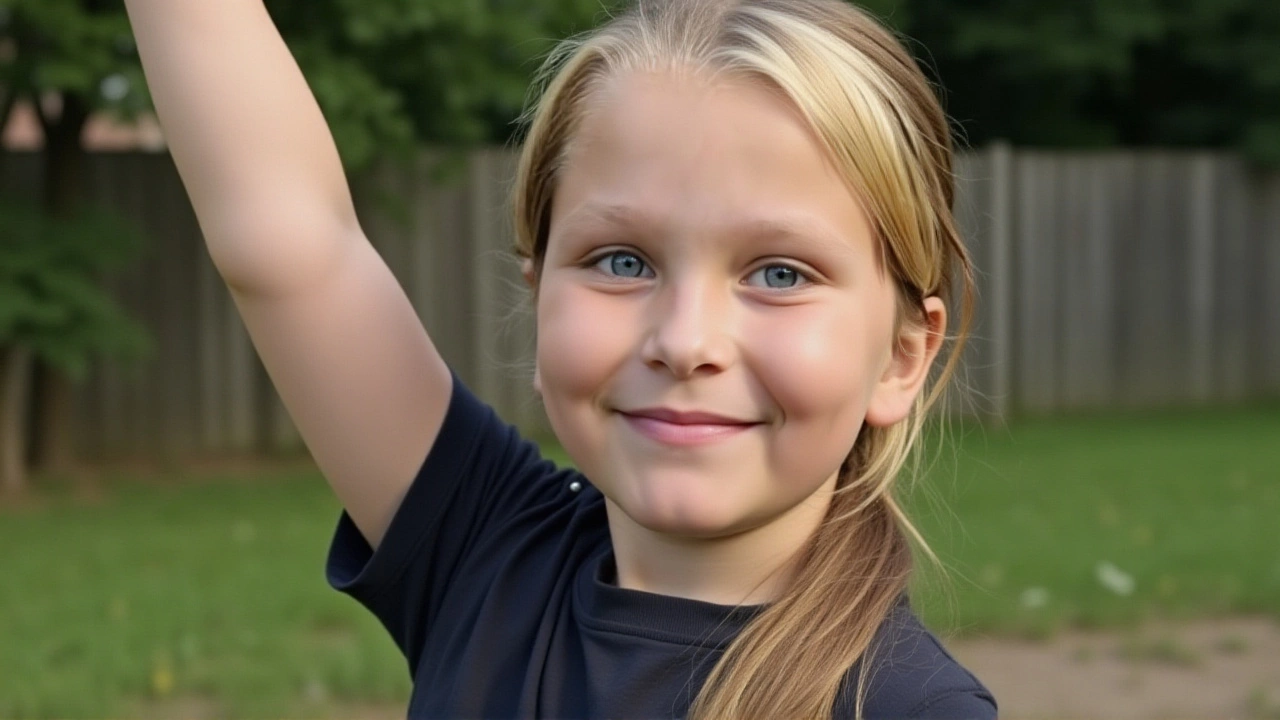A 12-year-old girl, Sarah June Niyimbona, died by suicide on April 13 inside Providence Sacred Heart Medical Center in Spokane, Washington — not from a sudden breakdown, but from a system that had already abandoned her. She slipped out of her hospital room without triggering alarms, walked a quarter-mile across campus, and jumped from the fourth floor of a parking structure. Two hours later, she was gone. Her death came just six months after the hospital shut down its Psychiatric Center for Children and Adolescents, a unit staff and families had fought desperately to keep open. Now, nurses say they saw this coming.
The Last Days of a Quiet Child
Sarah, who had just finished sixth grade and lived in Cheney, Washington, had been hospitalized multiple times for self-harm and suicidal ideation. Her family says she withdrew after being bullied at school and online. She stopped talking to friends. She spent summers locked in her room, sketching in journals. By April, she was back at Providence Sacred Heart — but not in the psychiatric unit. It had closed in October 2024. Instead, she was placed on the pediatric floor, confined to her room, with no peer interaction and minimal therapy. "She wasn’t being treated," said one nurse who spoke on condition of anonymity. "She was being stored." According to hospital records and staff interviews, Sarah’s care team repeatedly flagged her as high-risk. She had attempted suicide before. She wrote in her journal, "I can’t wait to go home." That’s when the hospital removed her 24/7 sitter — a safety measure that had been in place for weeks. Within days, she was dead. When the code blue rang over the intercom, pediatric nurses stopped their rounds. They gathered at the station. Some cried. Others just sat, silent.A System That Broke Before She Did
The closure of the Psychiatric Center for Children and Adolescents wasn’t a surprise to those who worked there. Staff had warned administrators for months that removing the unit would leave vulnerable kids stranded. The hospital cited staffing shortages and financial strain. But community advocates, including local pediatricians and parents, called it a death sentence waiting to happen. In the six months after the closure, the hospital saw a 37% increase in youth psychiatric admissions on general pediatric units — many of them with the same warning signs Sarah showed. "We didn’t have enough beds before," said Dr. Elena Torres, a child psychologist who worked at the unit before its closure. "Now we have zero. And we’re still expected to stabilize kids in ERs and hallways. It’s not care. It’s triage under fluorescent lights." The state of Washington reported 142 youth suicide attempts in 2024 involving hospitalization — a 22% jump from 2022. Yet the state added only three new adolescent psychiatric beds statewide in the same period.
A National Crisis, One Child at a Time
Sarah’s death isn’t an isolated tragedy. Just months later, on October 1, 2025, 11-year-old Sophia Ballinger from Westmoreland, Tennessee attempted suicide at home after enduring relentless bullying. She was taken off life support on October 4. Her family donated her organs. A candlelight vigil drew hundreds. Her cousin, 12-year-old Alexis Brewer, said, "She wanted to be an artist. She drew butterflies because they meant freedom." The Tennessee Department of Health’s 2025 Suicide Prevention Annual Report laid bare the scale: between 2019 and 2023, suicide rates among children aged 10–17 rose 47%, from 4.5 to 6.6 deaths per 100,000. That’s not a trend. It’s a cliff. Rachel Kemp, a mental health specialist with Youth Villages, told reporters, "We’re not running out of counselors. We’re running out of time. Kids are falling through gaps that used to be filled by inpatient units, school counselors, and community programs — all of which have been gutted."What Comes Next?
In Spokane, city council members have called for an emergency hearing on youth mental health access. A petition demanding the reopening of the psychiatric unit has gathered over 18,000 signatures. In Tennessee, local organizers are selling bracelets to cover Sophia’s medical bills — proceeds now funding a new school-based mental health initiative. But the real question isn’t about vigils or petitions. It’s this: How many more children have to die before we stop treating mental health like an afterthought?
Why This Isn’t Just About One Hospital
Providence Sacred Heart is not unique. Across the U.S., pediatric psychiatric units have shuttered at a rate of nearly one per month since 2020. Hospitals cite staffing, reimbursement rates, and liability fears. But the result is the same: kids like Sarah and Sophia end up in ERs, waiting rooms, or worse — alone in their rooms at home, with no one to hear them scream. "We don’t need more studies," said a former nurse who worked in the closed unit. "We need beds. We need trained staff. We need to stop pretending this is a crisis that can be solved with a poster in the hallway."Frequently Asked Questions
Why was Sarah placed on the pediatric floor instead of a psychiatric unit?
Providence Sacred Heart closed its dedicated Psychiatric Center for Children and Adolescents in October 2024 due to staffing and funding issues. With no alternative inpatient beds available, Sarah was placed on the general pediatric floor — a setting not equipped for psychiatric care. Staff had repeatedly warned that this placement was unsafe for high-risk patients like her.
How common are youth suicides in the U.S. now?
According to the 2025 Tennessee Department of Health report, suicide rates among children aged 10–17 rose 47% between 2019 and 2023, from 4.5 to 6.6 deaths per 100,000. Nationwide, CDC data shows similar spikes, with suicide now the second-leading cause of death for teens. The increase is steepest in rural areas and among girls, who are more likely to experience social isolation and cyberbullying.
What happened to the staff who worked in the closed psychiatric unit?
Most of the psychiatric nurses and therapists from the closed unit were reassigned to adult units or laid off. Some left the field entirely, citing moral distress. A few transferred to nonprofit crisis centers, but those organizations are now overwhelmed. The hospital has not replaced the specialized youth mental health staff, despite increased demand.
Are there any legal actions being taken?
Sarah’s family has retained a medical malpractice attorney and is reviewing whether the hospital violated state standards for patient supervision. The Washington State Department of Health has opened a formal investigation into the hospital’s care protocols following her death. Meanwhile, advocacy groups are pushing for a statewide bill to mandate minimum psychiatric bed ratios for children.
What can communities do to prevent tragedies like this?
Communities can demand funding for school-based mental health programs, support local crisis response teams, and pressure lawmakers to pass legislation requiring insurance companies to cover inpatient psychiatric care for minors. Grassroots efforts — like the bracelet sales in Tennessee — are helping, but systemic change requires policy reform, not just charity.
